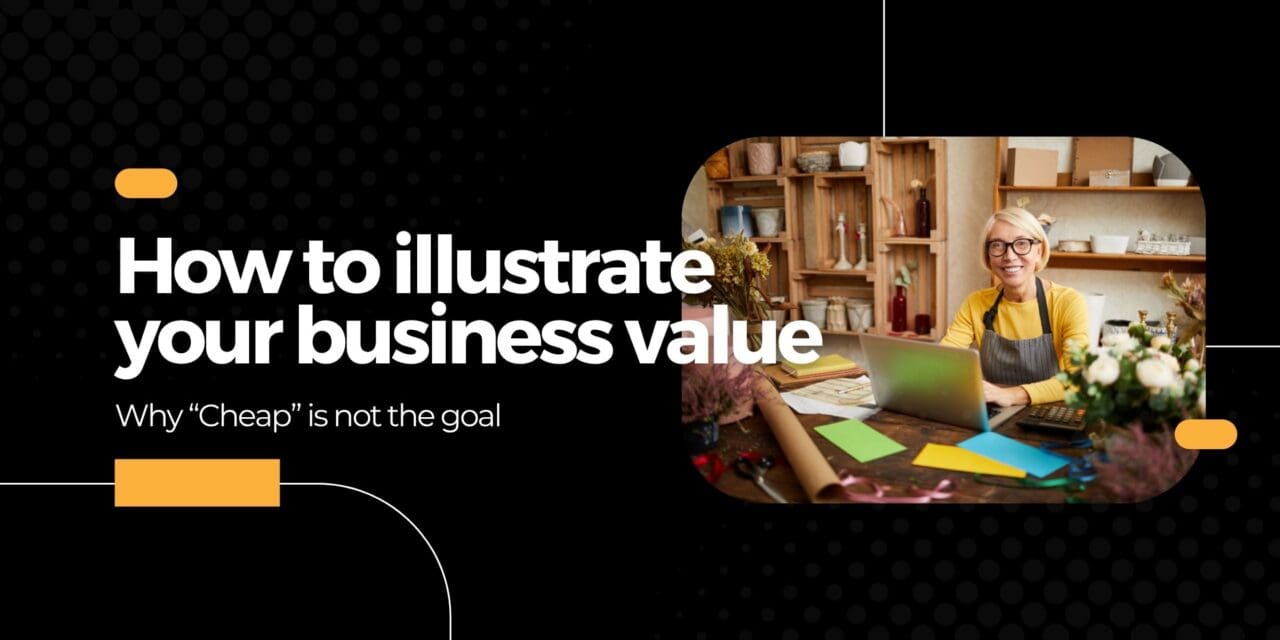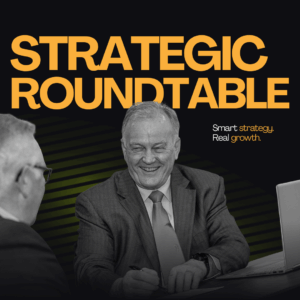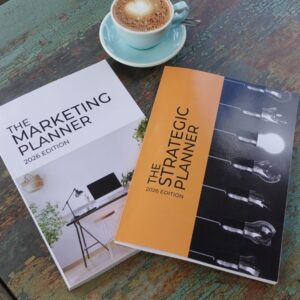So how do you break free from that cycle? How do you avoid competing on price and instead attract the clients who are willing to pay more because they see the value in what you offer?
Let’s unpack what it really means to illustrate the value of your business and why it matters more than ever.
Why “Cheap” Isn’t the Goal
Cheap is a loaded word. To some, it simply means affordable. To others, it means poor quality or even disposable. And for many businesses, marketing something as “cheap” comes with consequences, whether that’s reduced margins, a flood of high-maintenance low-return clients, or the challenge of sustaining a consistent standard of service.
There is certainly a place in the market for affordable and budget-friendly options. But not every business can or should be the cheapest. When you position yourself as the low-cost alternative, you’re automatically removing the opportunity to talk about the other things that influence buying decisions: service, experience, longevity, support, outcomes.
And those things often matter more than price, particularly to the right customer.
Shifting the Focus to Value
Where “cheap” narrows the conversation to a price point, value opens it up.
Value goes beyond the dollar figure. It speaks to what your customer receives for that investment and why it matters to them. It’s what makes someone choose your business, even if you’re not the lowest-cost option.
Value might show up in:
- Personalised service and care
- Consistent quality or reliability
- A longer product lifespan
- Helpful advice or expert guidance
- A generous warranty or guarantee
- Post-sale support
- Ease of use or time saved
- Results delivered
The list goes on. What’s important is that these benefits speak to your ideal customer, someone who cares about more than just cost.
Speaking to the Right Customer
Not every customer is your customer. If you’re trying to reach everyone, you’ll end up diluting your message and competing on the one thing everyone understands: price.
But when you’re clear on who you serve and how you help you can speak directly to what matters most to them. These are the people who want to hear why your offer is different. They want to know what they’ll gain, not just what they’ll spend.
To get clear on that, ask yourself:
- Who is my ideal customer, really?
- What are their priorities, fears, and goals?
- What does value look like to them?
- What strengths or benefits does my business offer that others don’t?
Once you have that clarity, you can build marketing and messaging that speaks directly to those customers, people who are ready to buy, not just price shop.
A Real-World Example
One of my clients operates in a highly competitive industry. Think: strong buyer power, lots of substitutes, constant new entrants, and relentless price pressure.
Despite this, he sells his product at nearly double the industry price—and moves more than double the volume of the average competitor. In fact, he’s outselling his direct competitors by over three times.
How? His customers aren’t just buying a product, they’re buying the value he delivers. And none of them describe it as “cheap” or “expensive”. They describe it as “worth it.”
Meanwhile, his competitors are fixated on “meeting the market” with cheaper pricing and yet they’re only capturing a small portion of that same market. The takeaway? Price isn’t the only factor, when value is clear, customers respond.
Final Thoughts
If you want to grow a strong, sustainable business, don’t race to the bottom. Competing on price might win a few quick sales, but it rarely builds long-term success.
Instead, get clear on your value. Know your strengths, understand your customers, and communicate your offer in a way that makes price just one small part of the conversation.
Because the right clients, the ones who are aligned with your vision and committed to results, aren’t looking for cheap. They’re looking for worthwhile. And that’s something your business can absolutely deliver.









